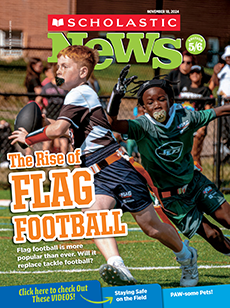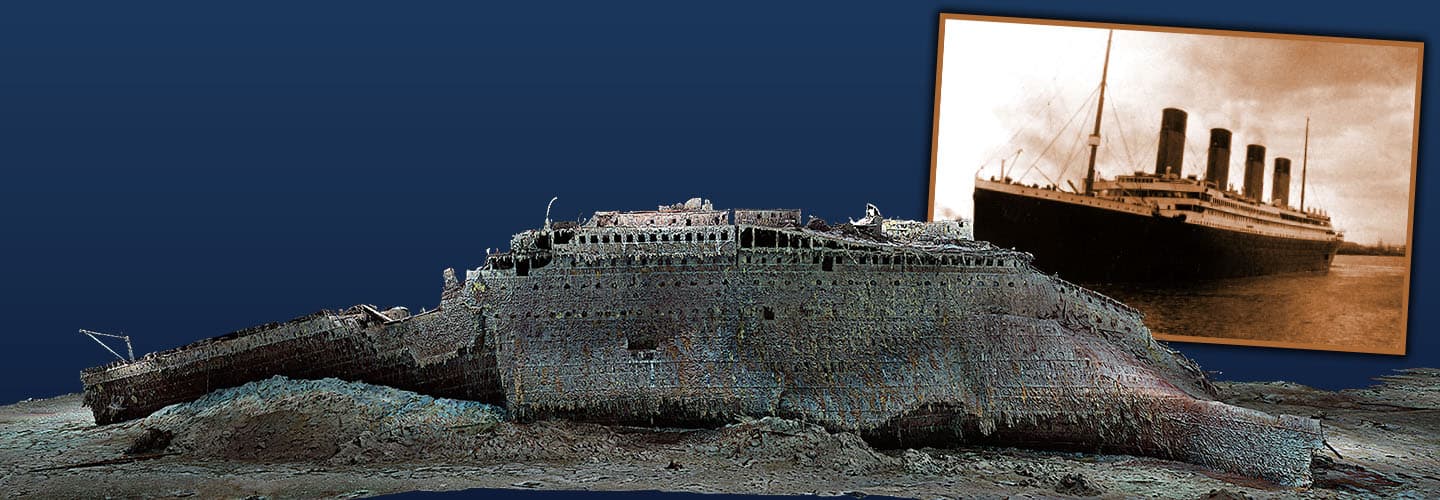Topical Press Agency/Hulton Archive/Getty Images
William Murdoch
It was dark and cold in the early hours of April 15, 1912. The Titanic was sinking fast. First Officer William Murdoch rushed to help passengers into lifeboats before the ship plunged beneath the waves. But he was swept into the icy Atlantic Ocean. Murdoch was one of the more than 1,500 people who died in the disaster.
For more than a century, people have been fascinated by the doomed ship. They include researcher Ross Mumford, who works for RMS Titanic Inc. (RMST). The company has made nine trips to the Titanic wreckage. RMST is the caretaker of all the artifacts recovered from the ocean floor, including clothing and jewelry. These objects have helped researchers piece together the events of the tragedy.
“It’s not just a shipwreck,” says Mumford. “It’s a real-life puzzle that people of all ages are still trying to solve.”
Now a new 3-D digital model of the wreckage is uncovering secrets about what happened on the ship’s final night.

